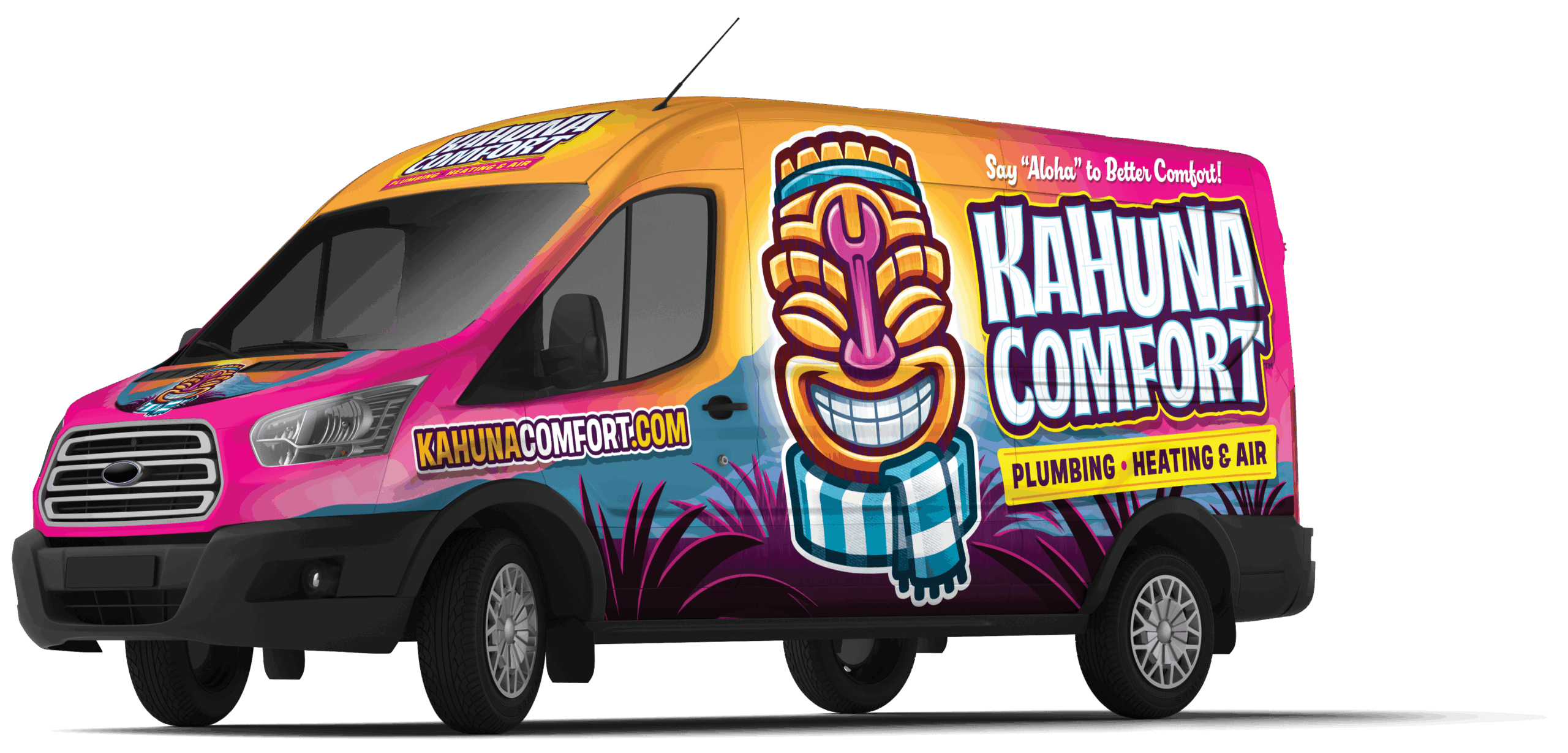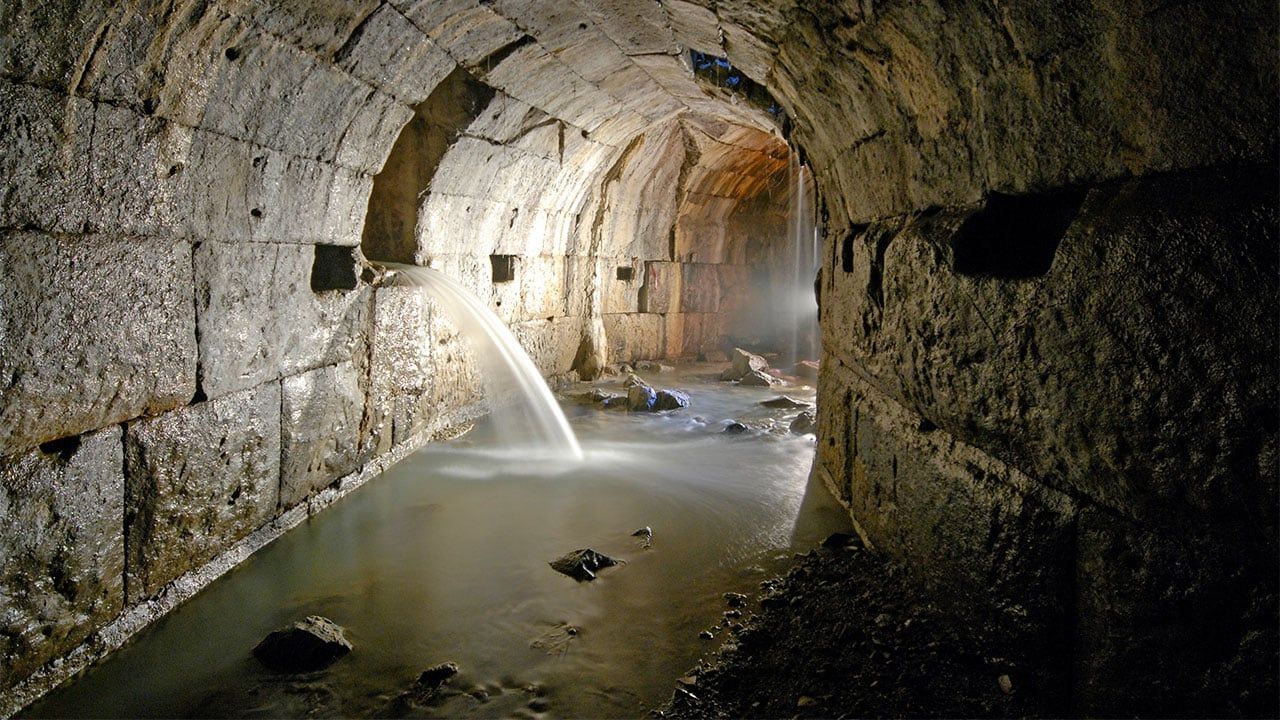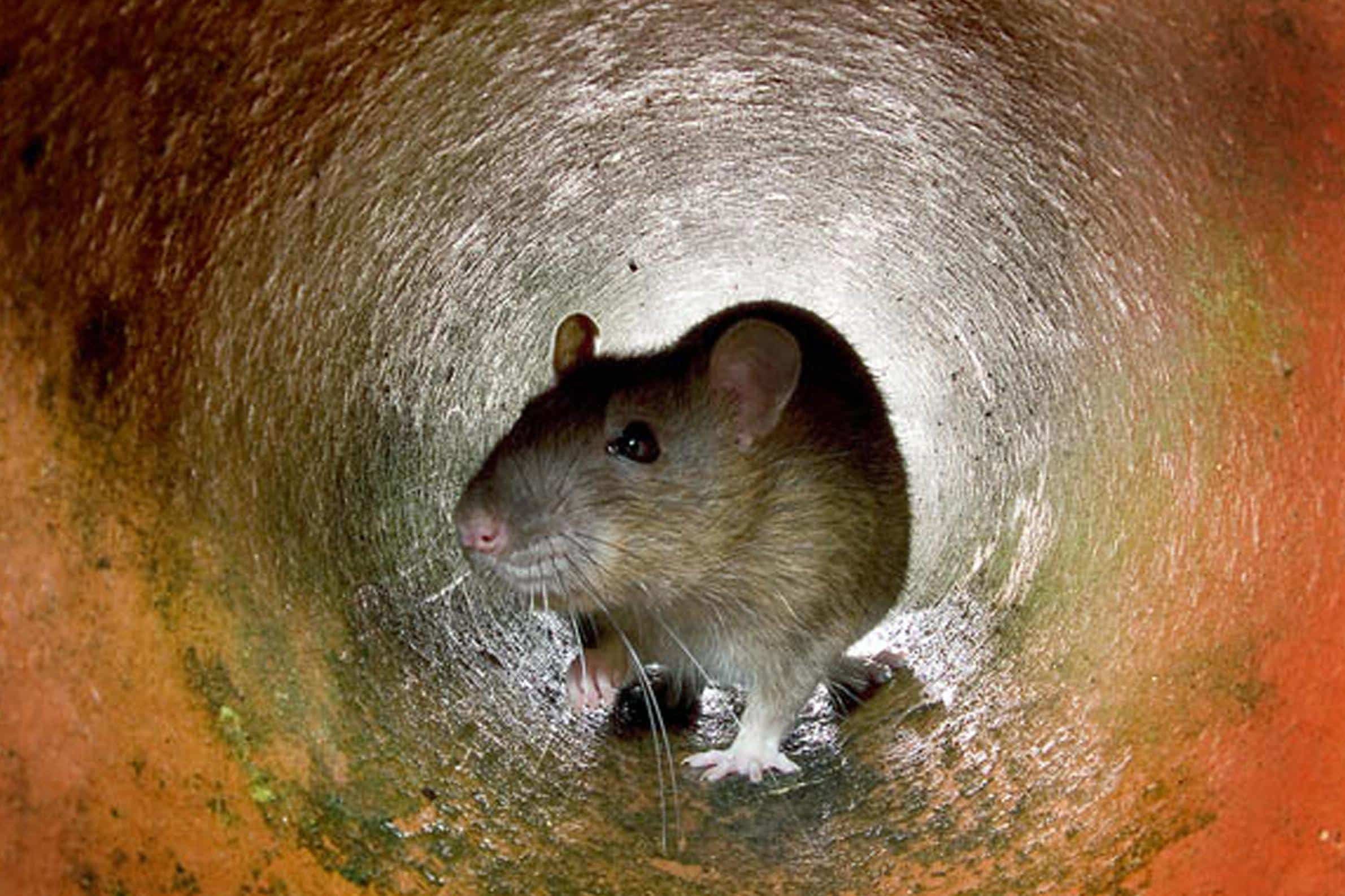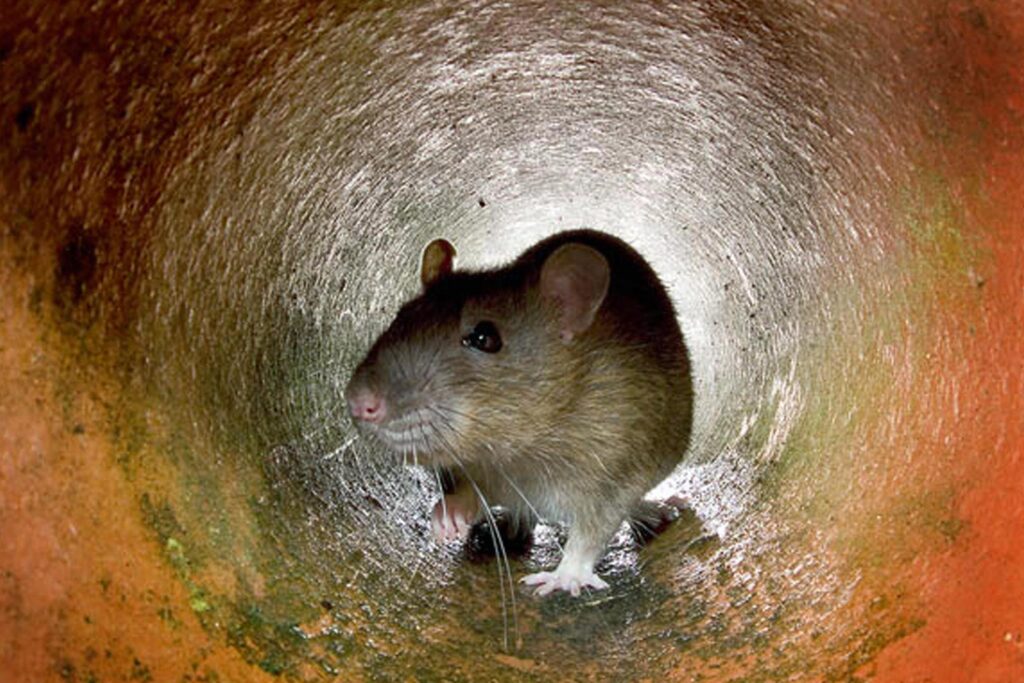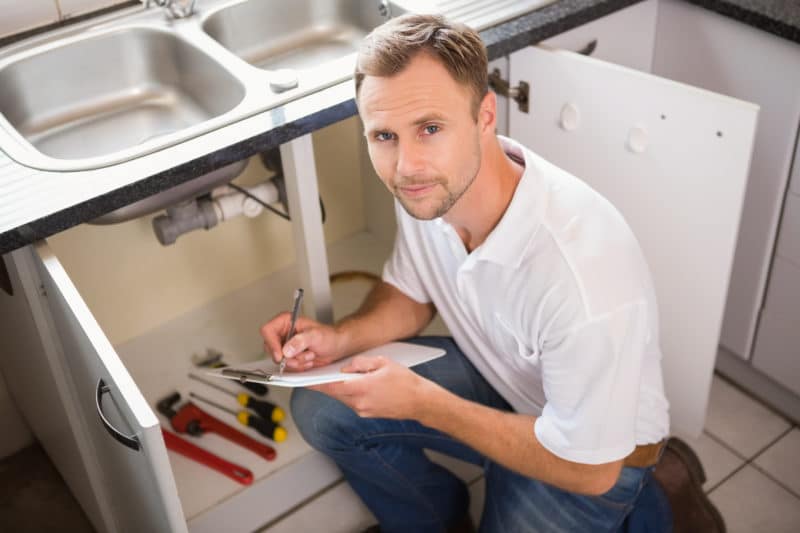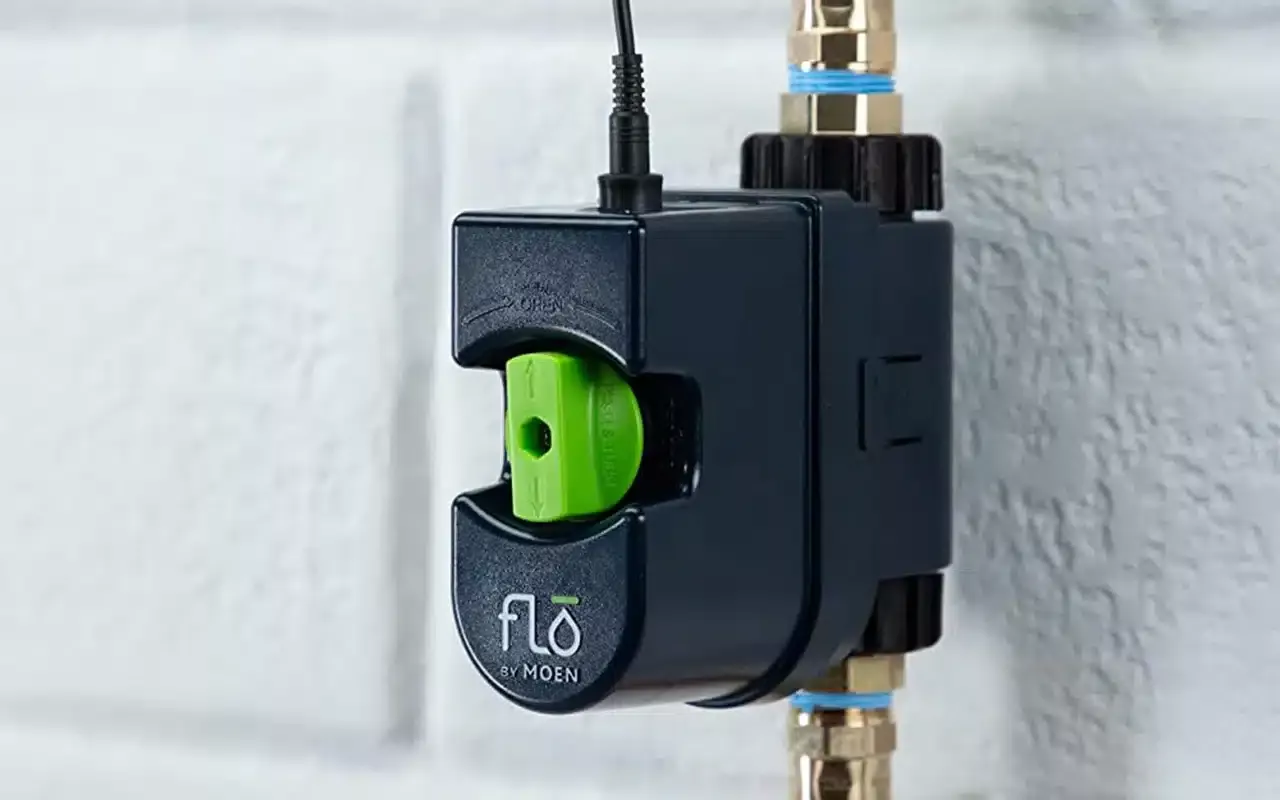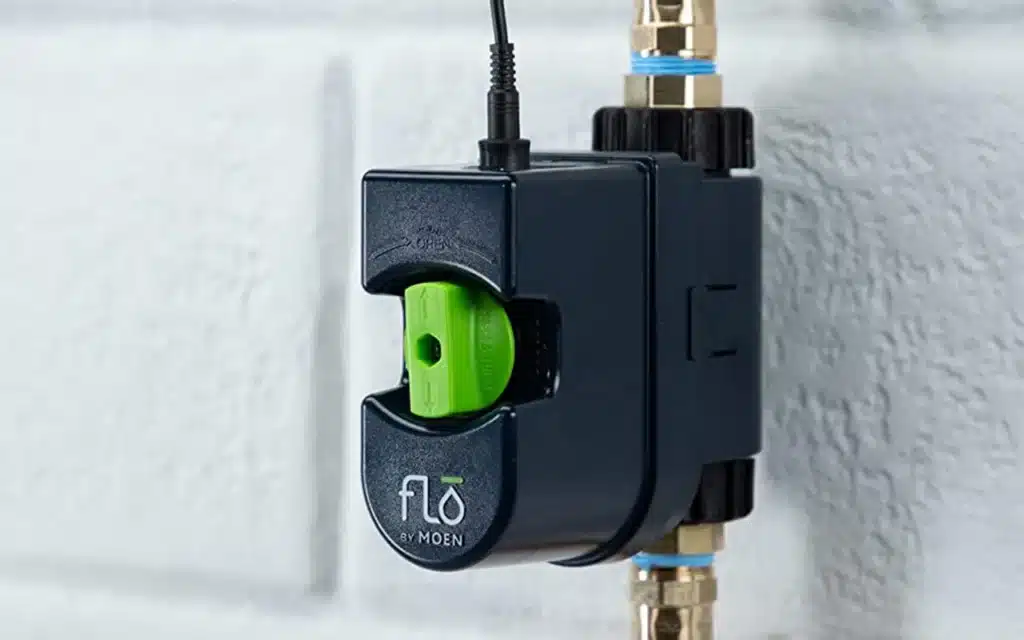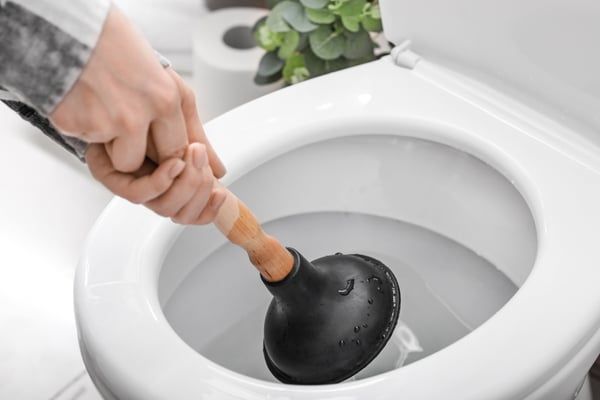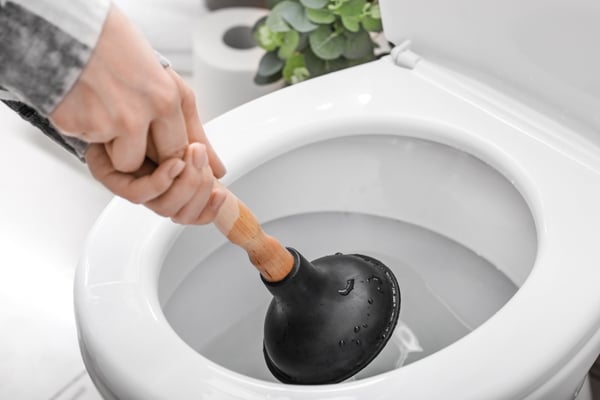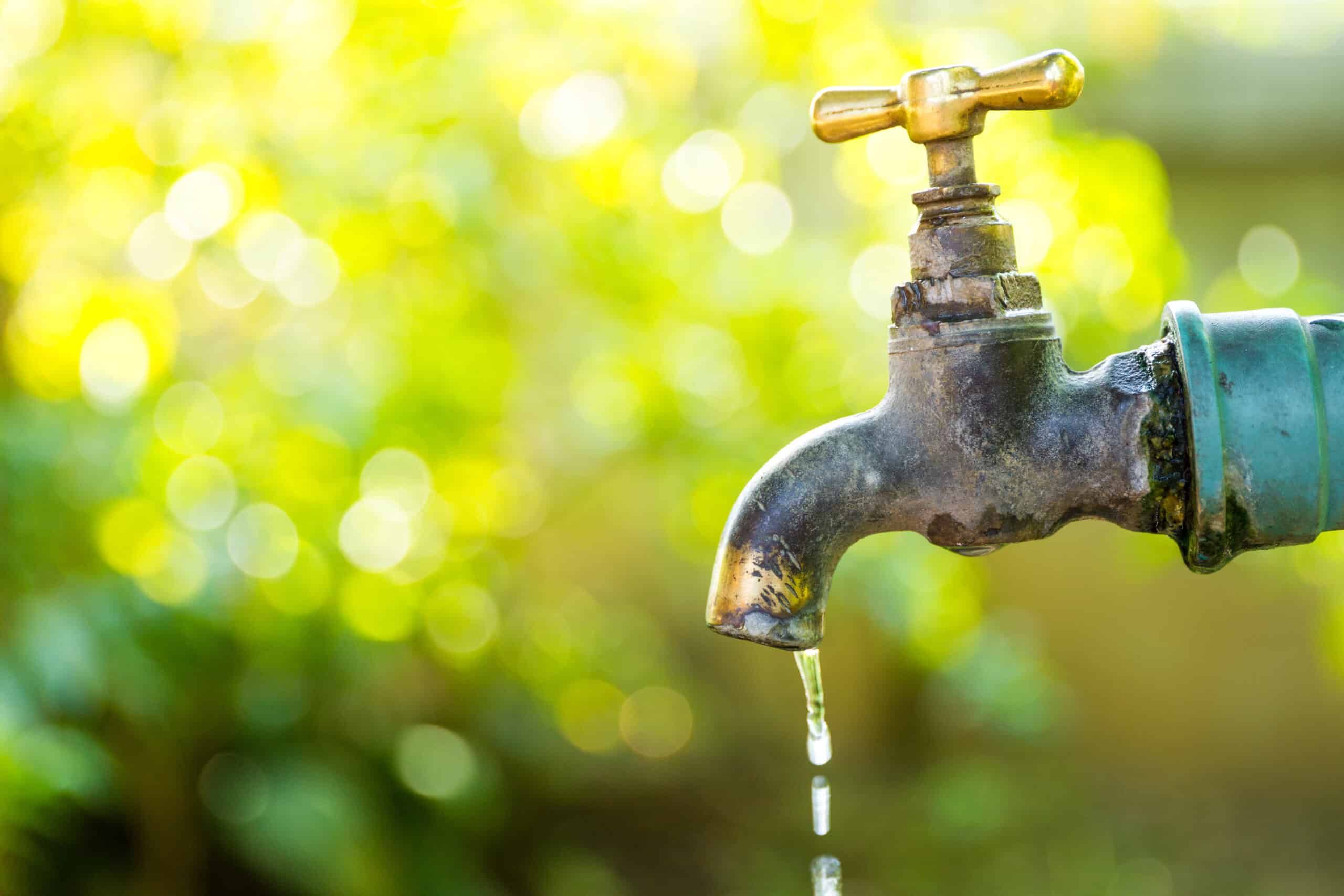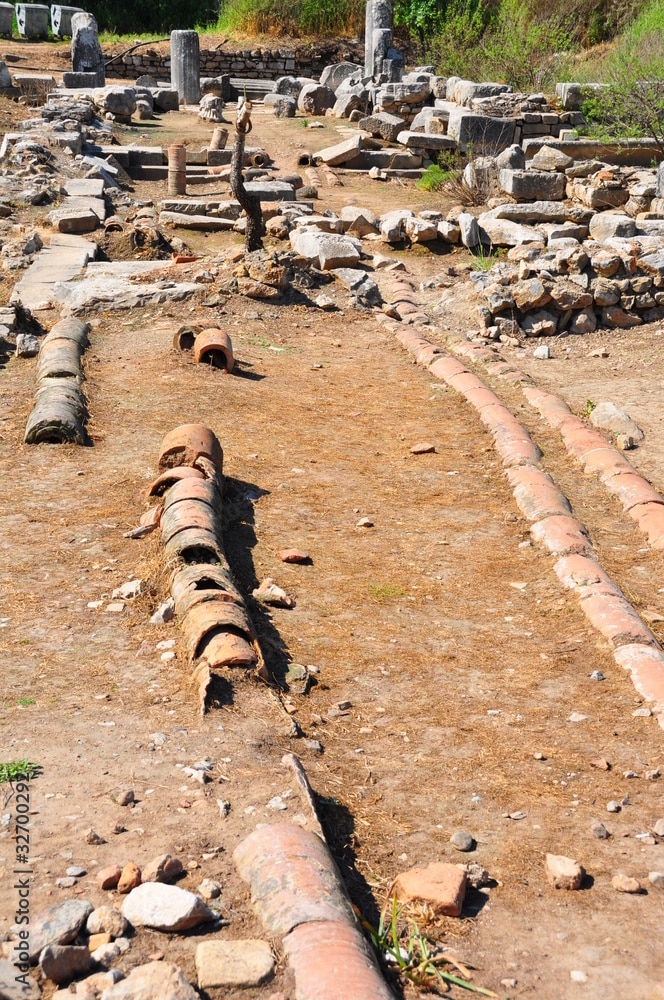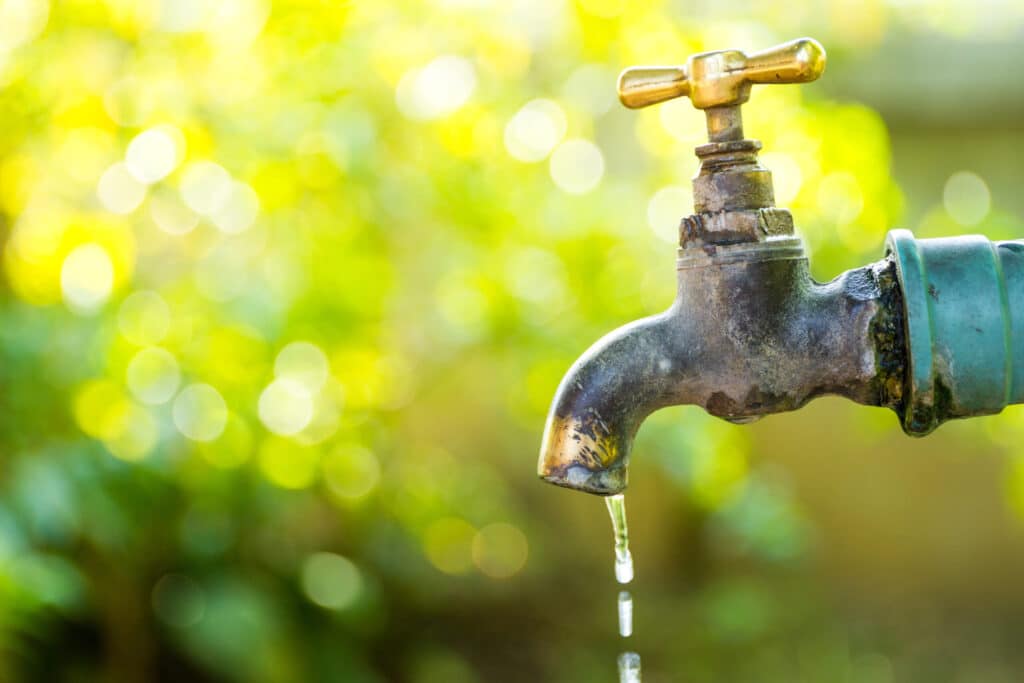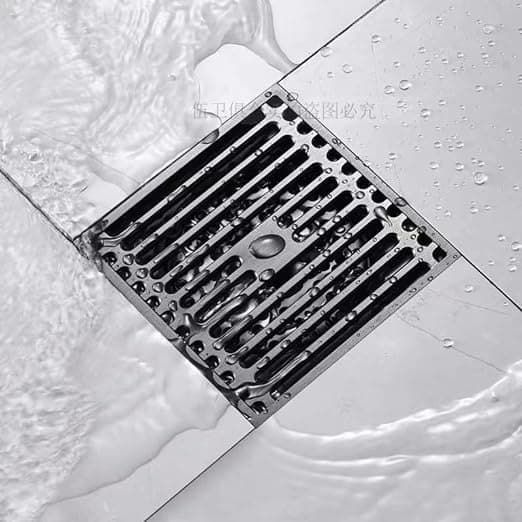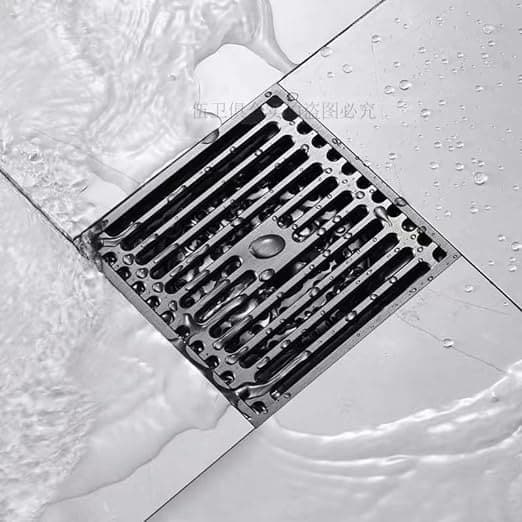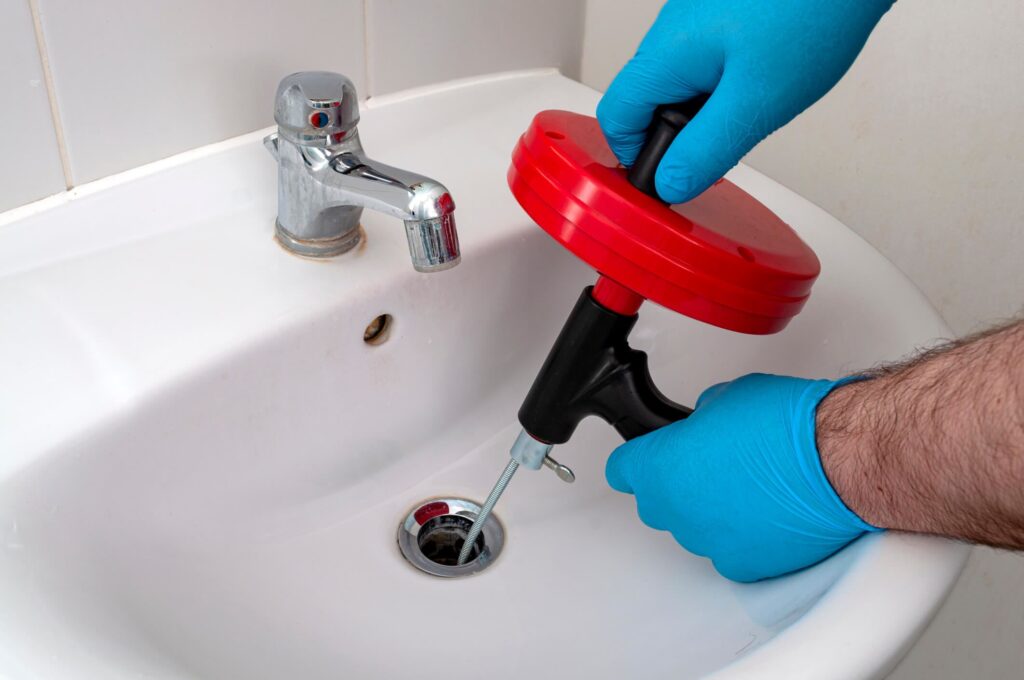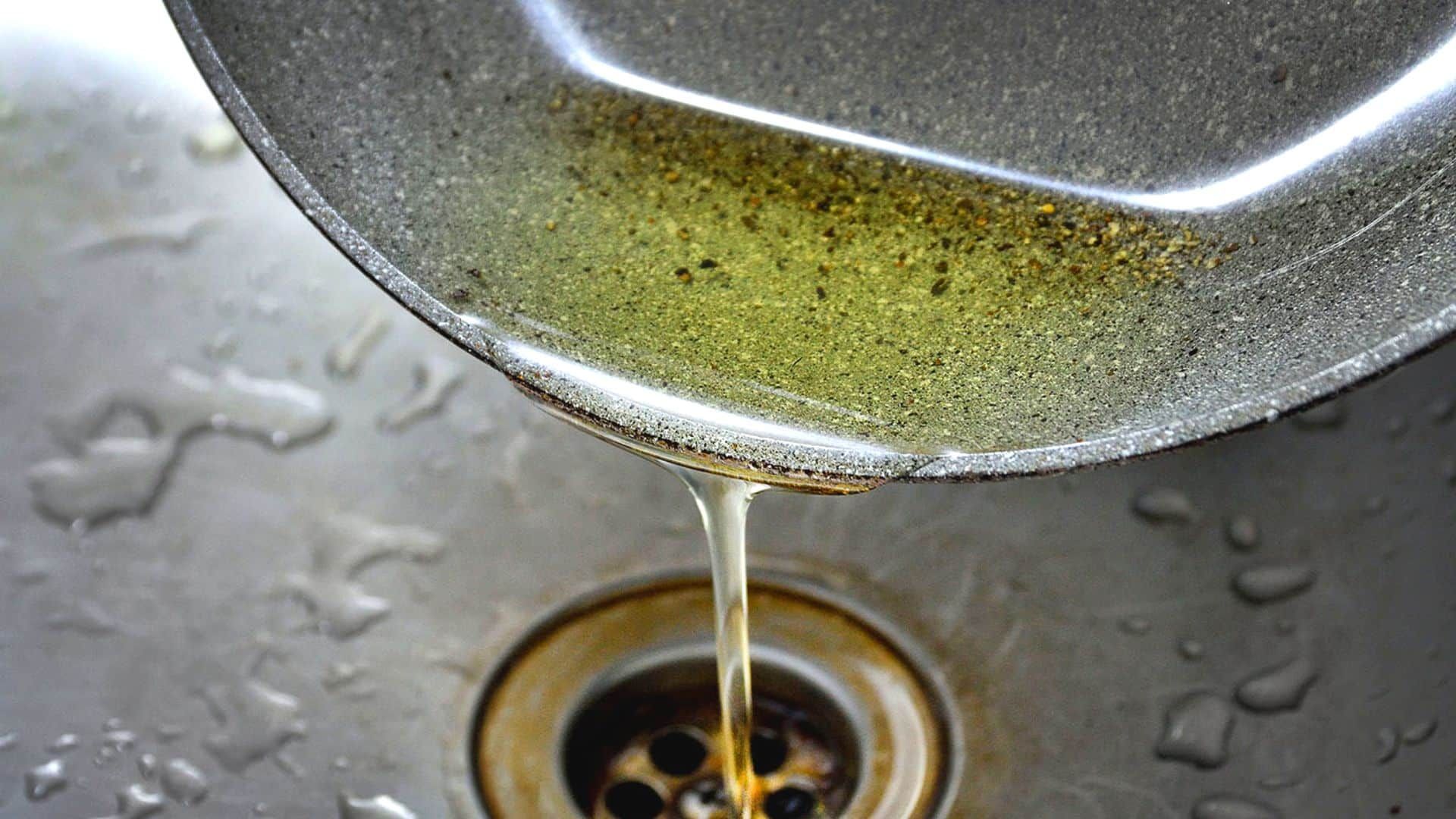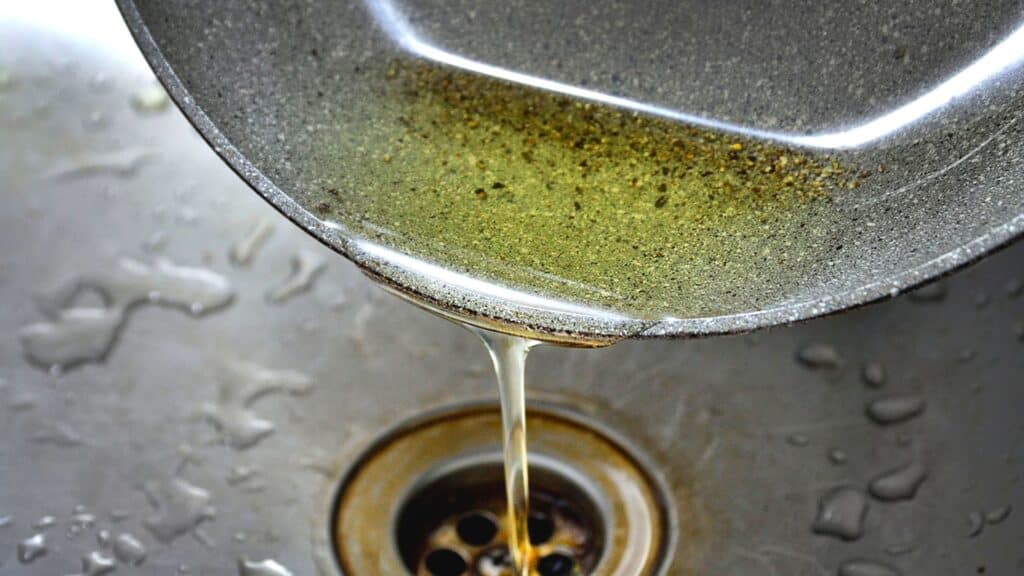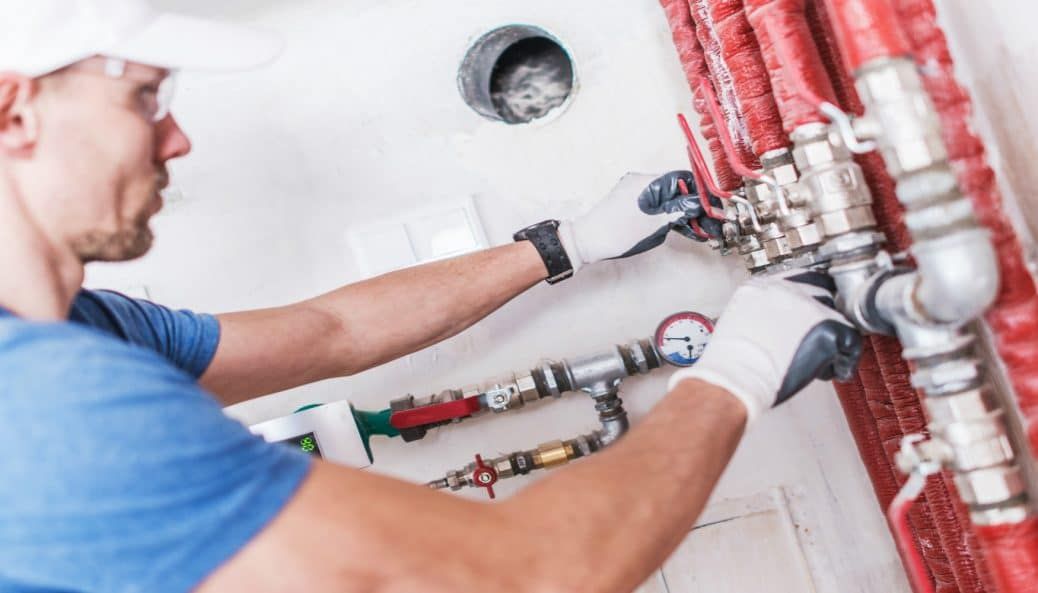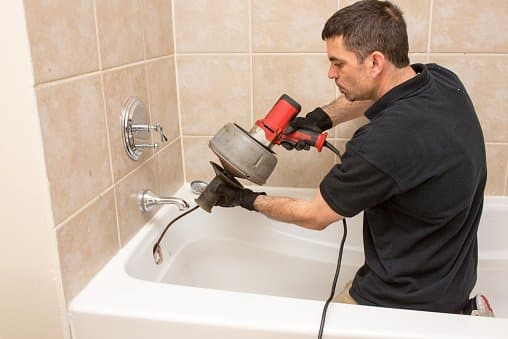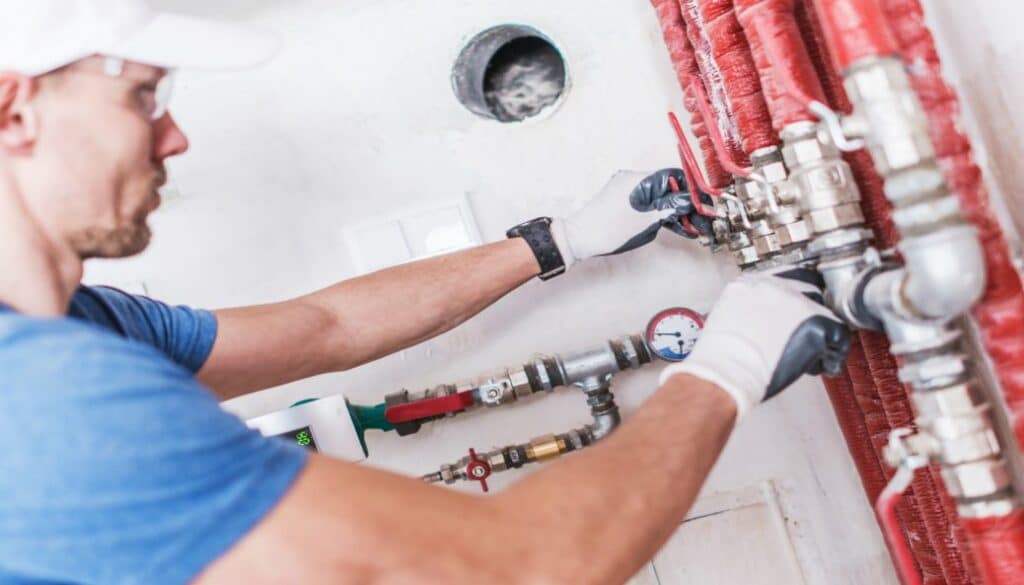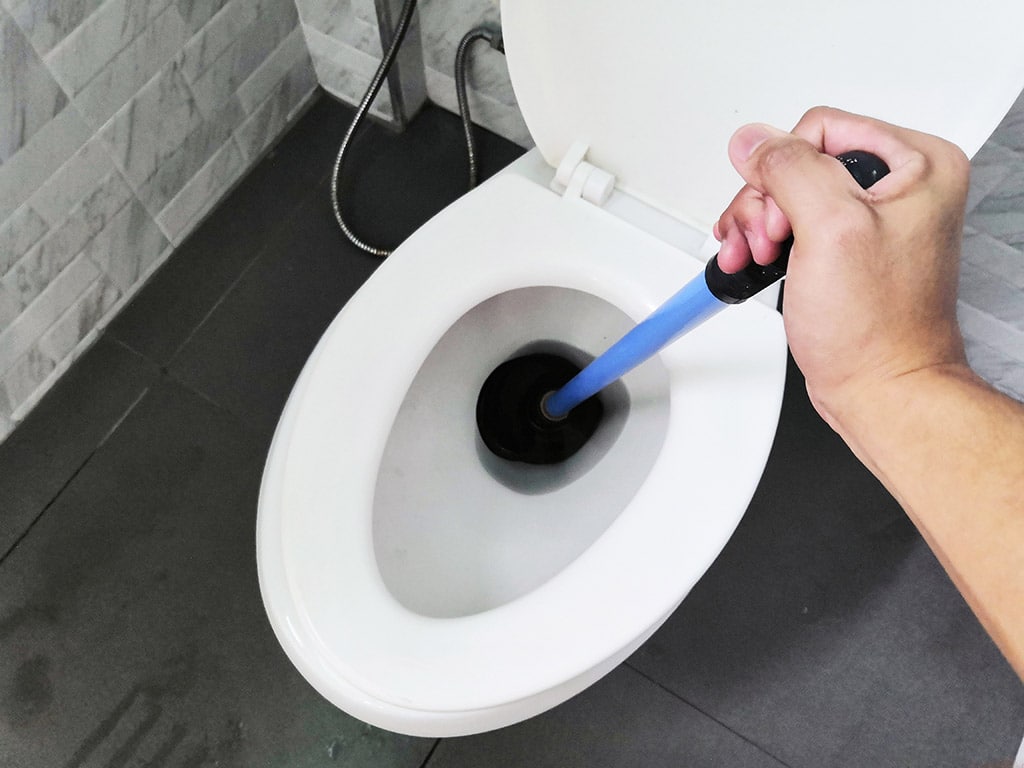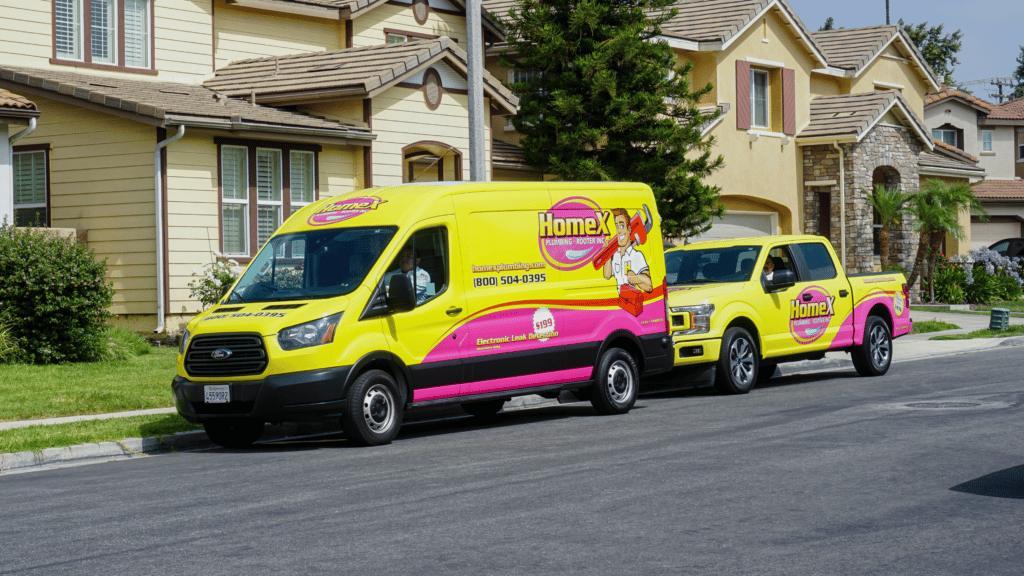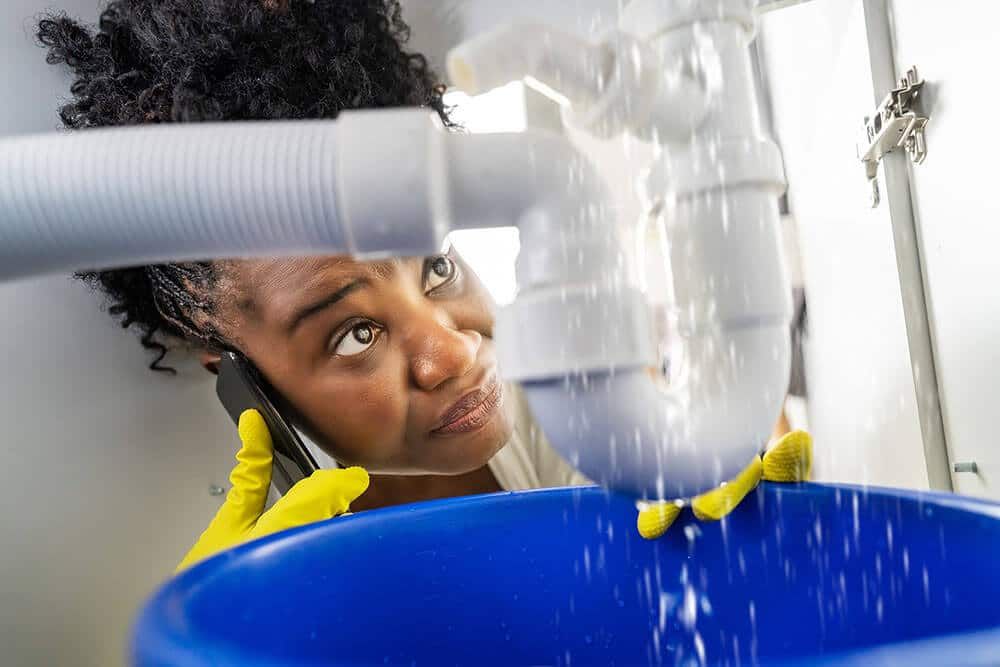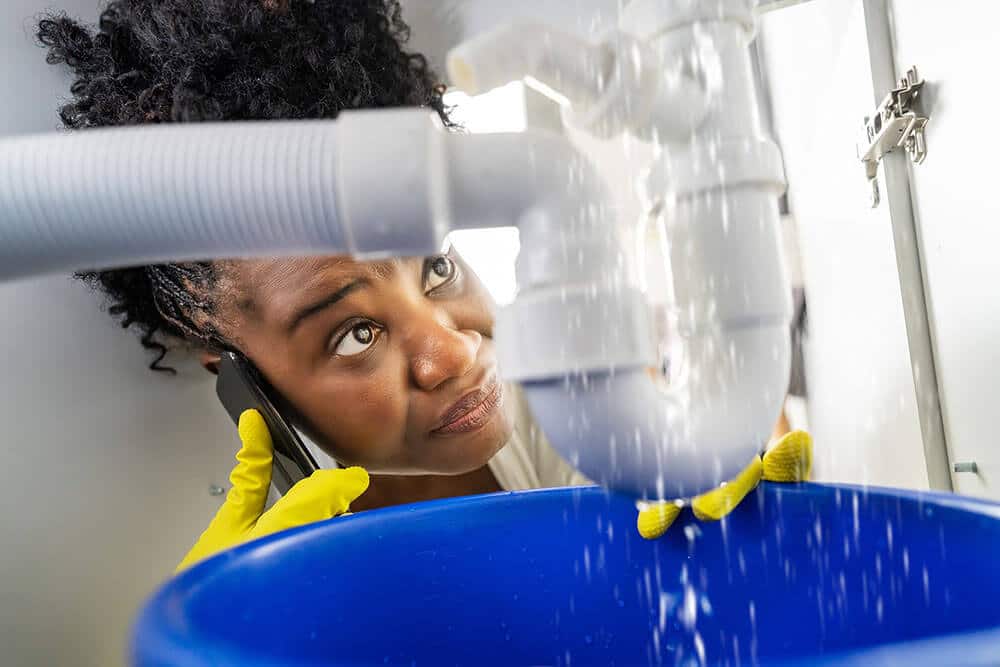Plumbing’s Origins: A Journey Through History
The evolution of plumbing is a tale that winds through centuries, shaped by ingenious minds determined to make water work for humanity. The origins of plumbing can be traced back to ancient civilizations, with each era contributing to the sophisticated systems we rely on today.
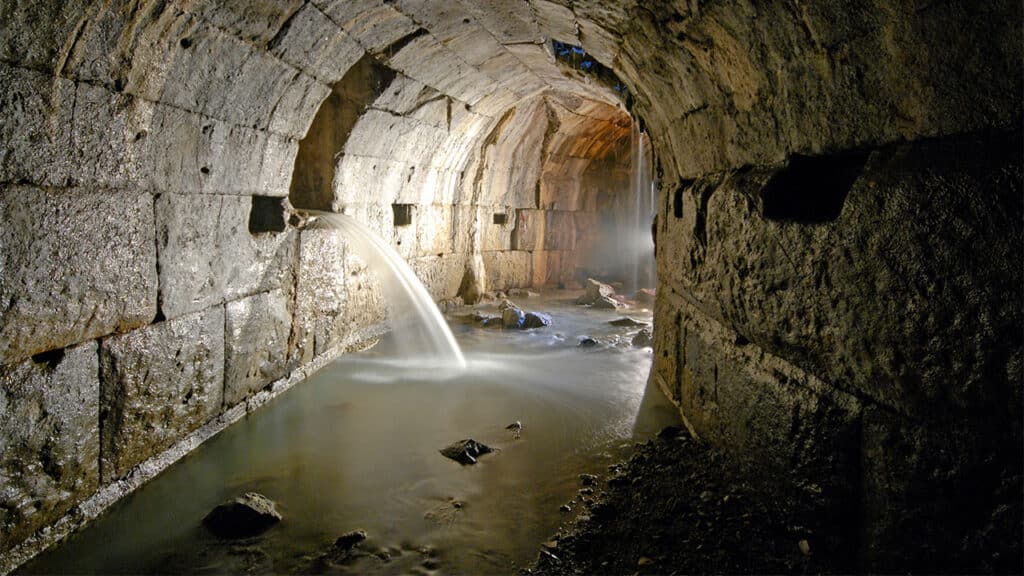
Ancient Mesopotamia:
The earliest plumbing systems emerged around 4000 BCE in Mesopotamia, where the ancient inhabitants created rudimentary channels to transport water for agricultural purposes. The famed Hanging Gardens of Babylon likely showcased early irrigation techniques, demonstrating an early understanding of water flow.

Ancient Egypt:
The Egyptians elevated plumbing to an art form. Around 2500 BCE, they constructed complex irrigation systems along the Nile and developed copper pipes for indoor plumbing. Elaborate bathrooms with flushing toilets were present in the homes of the elite, showcasing a remarkable grasp of hydraulic principles.
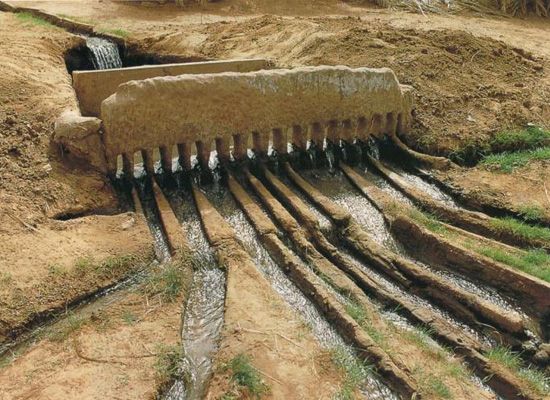
Ancient Rome:
The Romans, true engineering maestros, revolutionized plumbing around 500 BCE. Aqueducts, vast networks of pipes, and public baths showcased their mastery. Lead pipes, though harmful in hindsight, were widely used. Roman innovations laid the foundation for modern plumbing systems, emphasizing water distribution and sanitation.

Medieval Europe:
The fall of the Roman Empire led to a decline in plumbing advancements in Europe. Medieval societies relied on communal wells and primitive drainage systems. The lack of sanitation contributed to widespread health issues.
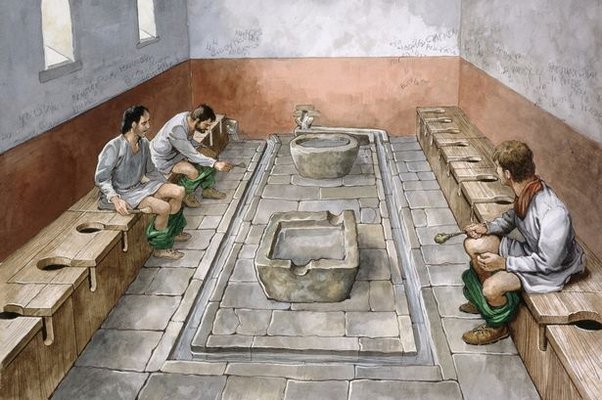
Renaissance and Beyond:
Plumbing experienced a renaissance during the 17th century. Sir John Harrington, an English courtier, invented the first flush toilet in 1596. However, it wasn’t until the 19th century that significant strides occurred. Alexander Cummings patented the first modern flushing toilet in 1775, and Thomas Crapper’s innovations in the late 1800s popularized indoor plumbing.
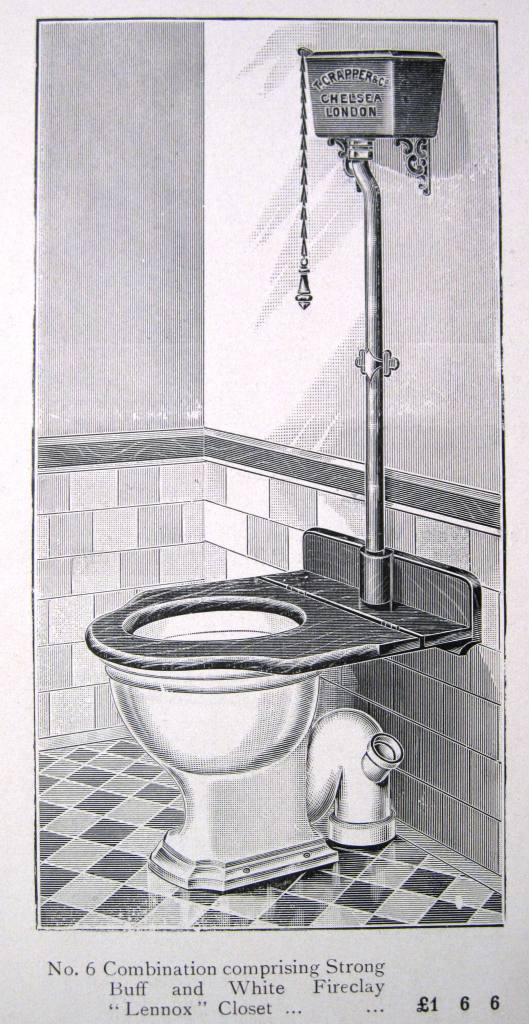
The evolution of plumbing is an intricate tapestry woven by the contributions of diverse cultures and innovative minds. From ancient irrigation channels to modern sewage systems, plumbing’s journey reflects humanity’s continuous quest for efficient water management and sanitation.
That trip was wonderful, but nowadays, we have highly modern plumbing systems in every house. If you’re in the LA area, you can book premium plumbing services for your home with Kahuna Comfort. Give us a call, and a Hero will come to your home.
Follow us on Instagram: @kahuna_comfort
Follow us on X: @homexplumbing
